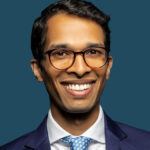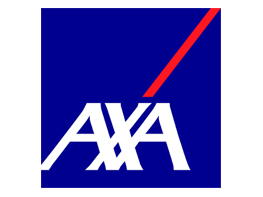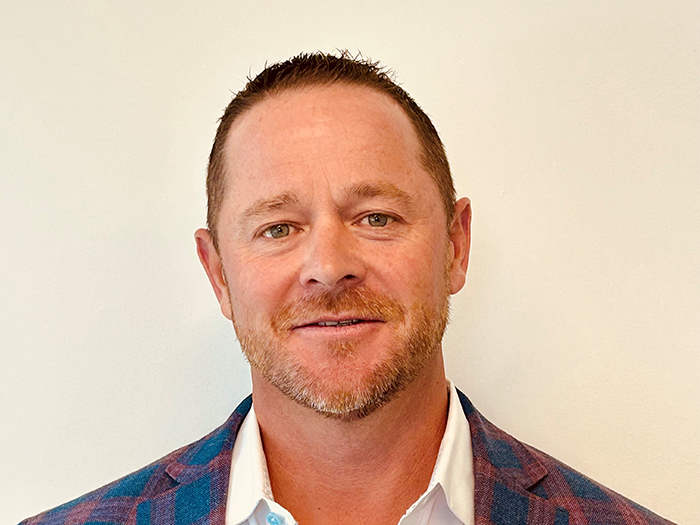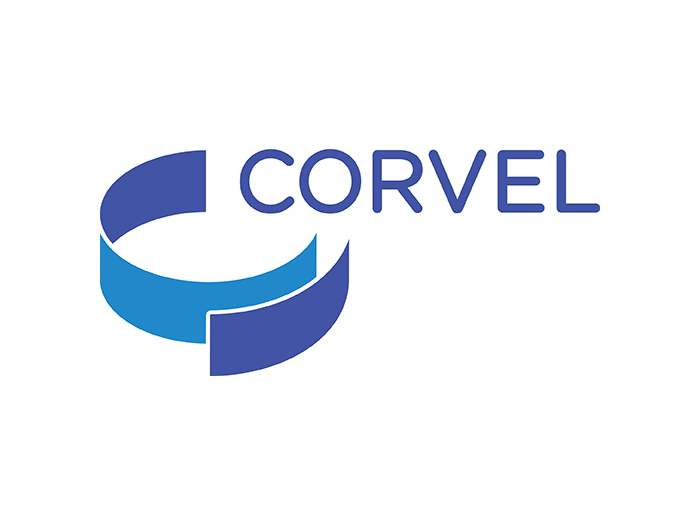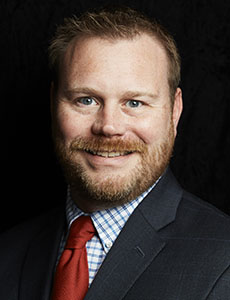A New Paradigm for the Independent Self-Funded Healthcare Ecosystem
Fourth quarter and year-end earnings for 2024 are out, and several of the largest health insurers and reinsurers had challenges with medical stop-loss, citing increasing unpredictability and the rising cost of claims. Many carriers have also indicated that they will claw-back losses in upcoming 1/1/26 and 1/1/27 renewal cycles, which means self-insured employers are likely to see even larger rate increases in the year ahead.
That said, self-funding for healthcare can still be a tremendous benefit for the 81,800 mid-sized employers that collectively cover healthcare for approximately 83M Americans. However, the unpredictability of being self-funded can place immense strain on this market segment – financial uncertainty, liquidity challenges, and administrative burdens stifle their ability adequately plan, grow, and thrive. The current system is falling short.
If we want to support and strengthen this critical segment of the healthcare market, a transformation is needed—one that prioritizes financial stability, operational efficiency, and fairness for all stakeholders. The solution lies in a dynamic model underpinned by adaptive capital, a more standardized approach, and technology to drive better outcomes.
In rethinking the model, we can create a system that benefits all players within the independent self-funded ecosystem: employers, stop-loss centers of excellence (COEs), managing general agents (MGAs), benefits brokers and consultants, carriers, third-party administrators (TPAs), and risk-bearing entities like captives. Let’s look at how each segment would benefit:
Employers
Employers are the ultimate stakeholders in self-funded healthcare, yet they often operate without enough financial predictability and flexibility. Delays in claims reimbursement, floating large sums, administrative bottlenecks, and uncertainty around high-cost claim exposure often create cash flow and budgetary disruptions that can impede a business’ ability to grow, and, in the worst case, even cripple it. Imagine if you were told on a Friday afternoon that by the following Tuesday at 3pm, your company’s bank account needed $10m more in it than you had expected – it could be a mess.
With a new model, immediate reimbursement becomes the norm rather than the exception. Employers can operate without the looming fear of not knowing when reimbursement will arrive or of needing to float large sums of precious capital, thus ensuring they can meet payroll, invest in their workforce, and maintain liquidity – without taking on unnecessary financial risk.
Stop-Loss COEs & MGAs
COEs and MGAs serve as vital intermediaries, helping employers navigate risk management and stop-loss policy design. However, their ability to provide effective solutions is often hampered by a fragmented and inconsistent system.
A shift to a new funding model would eliminate one of the most persistent sources of friction —delayed reimbursement. Employers frequently ask, “Where is my reimbursement?,” a question that can be answered with immediate funding solutions that standardize the employer’s experience no matter the reinsurer. Moreover, advanced technology could further improve efficiency by automating claims filing and auditing, reducing administrative burdens on COEs. The overall outcome is better service for clients and less headaches for the COE or MGA.
Benefit Brokers & Consultants
Benefit brokers and consultants play a crucial role in guiding employers through the complexities of self-funding, ensuring plan designs are cost-efficient and compliant. Yet, their jobs are made harder by a lack of standardization across carriers and a slow-moving reimbursement process that frustrates clients.
By introducing faster funding solutions—especially during critical periods such as client fiscal year close in December—brokers and consultants can better serve their clients and enhance overall satisfaction. Additionally, supplemental revenue streams for managers of adaptive capital programs could serve as a financial incentive that rewards those driving innovation and progress in the industry, leading to better service outcomes.
Health Plan Administrators
Administrators face their own set of challenges, from managing reimbursement timelines to ensuring compliance with network requirements. Adaptive capital prevents cash flow bottlenecks that can disrupt operations.
It also extends the timeframe for data collection and claim reconciliation reduces administrative pressure while ensuring claims are funded correctly. Adaptive capital also allows administrators to adhere to any provider prompt payment requirements, granting access to previously unavailable low-cost rental networks. Ultimately, this shift reduces the need to float large sums on behalf of clients, enhances financial transparency, and claim auditing.
Risk-Bearing Entities
For third-party stop-loss carriers, MGUs, captives, and reinsurers, financial consistency is key. Adaptive capital levels the playing field of operational integration and thus better positions third-party carriers to compete for, and win, integrated stop-loss business.
Additionally, by providing a 360-day resolution window for incomplete claims, adaptive capital gives carriers more time to conduct thorough claim audits without the corresponding client or benefit consultant pressure, which can lead to substantial eventual claim savings.
The Path Forward: A Call for Industry-Wide Adoption
The independent self-funded healthcare market is at a pivotal moment. As more employers turn to self-funding, the inefficiencies of the current system become increasingly unsustainable. The industry must move beyond outdated financial models and fragmented processes to embrace a future defined by stability, transparency, and efficiency.
By adopting a more dynamic approach—one powered by adaptive capital, streamlined reimbursement, and standardized processes—we can remove financial bottlenecks, reduce administrative burdens, and ensure that all stakeholders, from employers to risk-bearing entities, operate with greater confidence and control. The benefits are clear: stronger businesses, healthier employees, and a more resilient self-funded ecosystem.
The transformation is not just necessary—it’s inevitable. The time to modernize is now. Adaptive capital is no longer a concept for the future; it is here today, reshaping the way we think about self-funded healthcare. The question is no longer if the industry will evolve, but who will lead the charge. &




